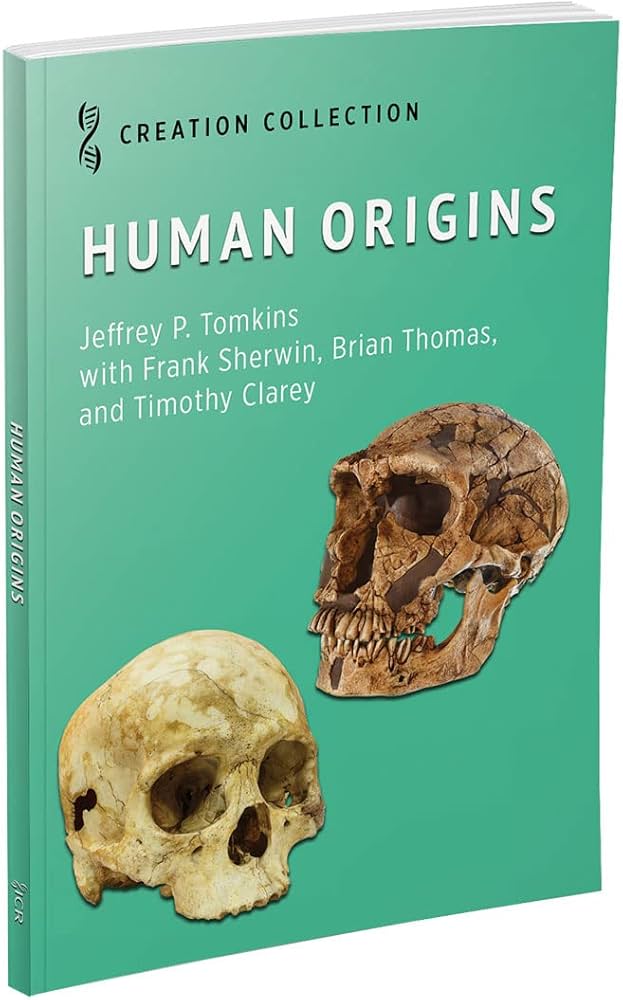CSAA’s featured speaker for Creation Weekend 2011 was well known creation apologist Dr. Jerry Bergman. Large numbers of people came to hear one or more of his lectures and all declared themselves delighted with his genial, non-confrontational manner and his interesting material. In that Dr. Bergman’s area of expertise is biology, chemistry and medical anatomy, the issues he discussed were quite different from the geological topics which we have considered in recent years. This material demonstrated anew that the issue of creation is broad and encompasses all aspects of nature.
The first lecture, on Friday evening, dealt with Galileo (1564-1642), the famous Italian astronomer who ostensibly ran into trouble because of his support for the heliocentric view of our solar system (sun in the centre rather than the earth). Most students have heard the story of how the Church of his day persecuted Galileo on account of his interpretation of the solar system. The idea is that the Church, in order to protect dogma, tried to silence somebody who was describing nature as it is. Obviously we see portrayed the popularly imagined confrontation between religion and science. And the implication is made that Christians have been indulging in similar confrontations with science ever since. That however is not what happened in the case of Galileo, declared Dr. Bergman.
Church officials had never objected to similar views promoted by Copernicus (1473-1543) from Poland. Initially the Italian Church officials were very friendly to Galileo and they showered him with honours. There were however among the ranks of his fellow scientists, some who were jealous of the attention paid to Galileo. One of the problems for Galileo also was that the actual observations of the sky made at that time, did not fit well with the heliocentric position.
Eventually Galileo’s enemies managed to bring about a judicial inquiry on the part of the Church into the truth of the issue. The process is termed inquisition or inquiry, but it was nothing like the infamous Spanish inquisition. Thus the story of Galileo is not one of the Church fighting science, but of one set of scientists seeking to repress another scientist whose professional honours they coveted. This is not the story of religious persecution of science as many today would maintain. We should further note that all the references cited by Dr. Bergman in this lecture and the others, were secular and major authorities in their fields.
The second lecture on Saturday morning, dealt with the Neanderthals, whose skeletal remains were first found near Dusseldorf Germany in 1856. After discussing various imaginative depictions of who and what these artifacts represented, Dr. Bergman discussed more modern findings and conclusions. When reconstructions are made from the bones, modern authorities conclude that the people looked modern. Judging by associated artifacts, modern authorities conclude that the Neanderthals wore clothes, makeup, jewelry, and they had musical instruments and paintings. In short, the Neanderthals were fully modern individuals who lived in a cold climate in Europe. We and they constitute one species, not two. There are no signs of human evolution here.
Dr. Bergman’s discussion of mutations was definitely more technical than the previous two topics. However he moderated that impact with pictures of some mutations. One of the more amusing was the story of Belgian Blue cattle which were bred for their increased muscle mass and tender quality of the meat. The mutation however resulted from a small loss of information (11 base pairs for any technically minded readers). One gentleman in the audience, told us that he once owned a Belgian Blue bull. It was his worst investment ever, he said, and it soon died!
Such sad cases set the stage for a discussion of mutations in terms of details in the DNA. There are, for example, mutation hotspots, which lead to the same mistake, time after time. This is not going to add new information. He cited one population in which only two mutations were observed to account for 94% of all the mutations observed. He stressed that there are no good examples of beneficial mutations which add information to the cell or organism instead of adding to the fitness costs (meaning a mutation is more fit in a narrow environment but less fit in most environments). Many mutations are of very minor effect, but over time these can accumulate to the point where a species becomes extinct. Moreover the expression of DNA in humans is so complex that most mutations actually affect multiple traits. The same stretch of DNA typically will exhibit multiple reading frames [parts are combined in different ways], so one potentially positive mutation often displays at least some negative impacts.
On Saturday evening, Dr. Bergman discussed irreducible complexity or design. He began by pointing out that the whole universe is too complex to have developed spontaneously. He defined complexity as any phenomenon that requires two or more parts in order to function. The elements that make up chemical compounds, of course, have to operate in a reliable fashion or there would be no structure in the universe and no life would be possible. The elements are made up of specific component parts which are themselves made up of even smaller component parts. What that means is that without precision in every aspect of the natural laws, nothing would exist. Such precision is highly improbable unless the system were designed for a purpose.
From there Dr. Bergman turned his attention to the living cell, the most complex machine in the universe. One of the phenomena which he discussed is the famous flagellum (a structure on many bacteria that works like a propeller) displayed by the bacterium E. coli. The construction of the flagellum is extremely complicated, requiring about 70 kinds of large precisely shaped proteins that must be properly organized and assembled to direct the system. The production of each protein is controlled by a suitable lengthy section of DNA, the expression of which is controlled by other proteins which are read from other lengthy sections of DNA. Today many evolutionists suggest that this bacterium merely adapted a needle nose syringe system (type 3 secretory system or T3SS). The T3SS shares a few proteins in common with the flagellum and it looks similar at its base. However the syringe is merely a stationary system like a straw, that provides a conduit to inject toxic chemicals into another cell. It would be quite the engineering feat to adapt that straw secretory system into a machine that spins 6000-17,000 rpm and can stop and change direction almost instantaneously. Of course the new machine would also need a power source and a steering mechanism. All this is quite a tall order for spontaneous processes to produce something that is functional at the same time! If the component parts did not all appear together as a unit, the first appearing would be lost again before the rest of the system could have developed.
Dr. Bergman declared in summary that the new information which appears each week in the scientific literature, dramatically adds to the story of how intricate and wonderfully designed all life is, beginning with that fundamental unit of life, the cell.
After each lecture Dr. Bergman answered many diverse questions. Altogether everyone felt encouraged to further consider the issues that were covered. From Edmonton, Dr. Bergman travelled to Kelowna where he delivered three lectures at the University of British Columbia Okanagan Campus and Creation Kelowna, before travelling back home to Ohio.
January 2012
Subscribe to Dialogue







